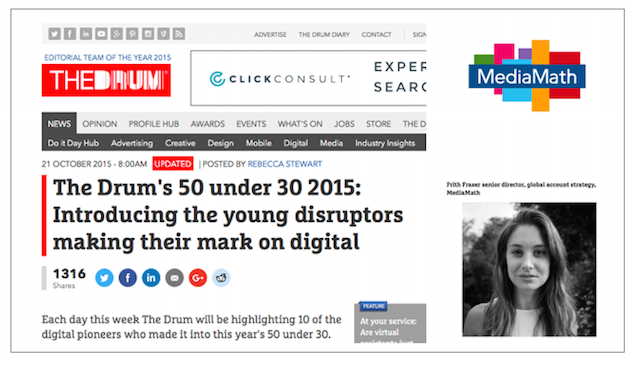As we gear up for the holiday retail season, marketers are filling up their editorial calendars, preparing segmented email campaigns and kicking off a multitude of digital and in-store promotions while doubling down on paid media strategies. Between all of the rich customer data flowing in and the marketing dollars flowing out during the busiest time of the year, how do you ensure you’re getting the most out of your investments in customer experience across owned and paid channels? How are you planning to personalize offers and get the largest possible share of wallet this season? If your answer is, “I have no idea,” we understand. To help, we’ve compiled a few ideas on how you can better use your data sources to improve targeting during the Q4 retail shopping frenzy.
- Extending the Reach of Your Email Narrative
Eighty-five percent of US retailers say email marketing remains one of the most effective tactics for customer acquisition, according to Forrester. But your brand narrative doesn’t have to stop there; rather, you should use signals from your email campaigns to craft paid media strategy.
For instance, if you are sending an email with multiple promotional messages or links, you can assess the specific engagement within the email to form the basis of unique segments that you then target with an ad creative to match the way the user engaged with your email. In this way, you are starting your messaging via email, but continuing the conversation across your paid media channels.
How MediaMath can help: Through new partnerships in the marketing tech ecosystem with IBM and Oracle, MediaMath allows you to seamlessly align your once-siloed behavioral data from your email and push systems with your paid media execution through TerminalOne. Taking email re-targeting a step further by identifying individual behaviors within email and sequencing them with ad creatives, you are maximizing conversion opportunities by showing users ads that are relevant to the links they have clicked. Similarly, MediaMath is leveraging data from transactional emails to prevent you from wasting impression dollars showing customers ads for the perfect gift they’ve already purchased.
- Align Online Promotions with In-store Experiences
The growing ubiquity of beacons makes it easier for retail marketers to connect the in-store experience to owned and paid media strategies with mobile push notifications, strengthening relationships with your customers across channels. In fact, according to a recent study The Internet of Things in Retail: Great Expectations by Retail Systems Research (RSR), 70 percent of high-growth retailers see beacons as a technology that will add significant value. Marketers can deliver real-time promotions when a customer is in-store, tailoring messages to their in-store interactions and browsing behaviors.
How MediaMath can help: We can maximize your return on impression dollars through our integration with IBM Marketing Cloud, which allows retailers to deliver highly personalized, timely offers through a mobile app and identify subsequent browsing behaviors to more accurately communicate with users through paid media afterwards, accelerating your dialog with that customer.
- Focusing Spend on Most Inclined Buyers
In addition to pushing timely offers, retailers have more intel at their fingertips than ever to get a better read of who their most likely buyers are –leveraging key indicators from both the online and in-store contexts. If someone repeatedly shows they aren’t ready to purchase, marketing dollars can be applied elsewhere.
How MediaMath can help: Our partnership with IBM Marketing Cloud can also help identify purchase intent. If a user makes a certain number of visits to a store in a given time period and doesn’t purchase, marketers may choose to temporarily anti-target them in T1 due to the inference that they are either not ready to purchase or are no longer in market.









